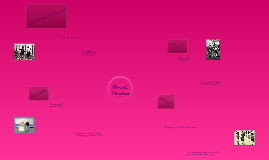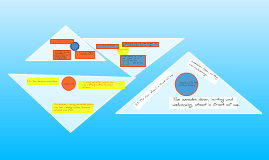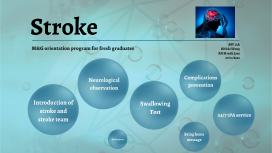Brush Stroke of Genius
Transcript: Caillebotte, G. (1893). Chrysanthemums in the Garden at Petit-Gennevilliers [oil on canvas; 98 x 59.8 cm]. Retrieved from http://www.metmuseum.org/collection/the-collection-online/search/671456 In K. McLeish (Ed.), Bloomsbury guide to human thought. London, United Kingdom: Bloomsbury. Retrieved from http://search.credoreference.com.proxy-library.ashford.edu/content/entry/bght/impressionism/0 Daubigny, C. (1852). Attic [oil on canvas; 57.8 x 92.7 cm]. Retrieved from http://www.metmuseum.org/collection/the-collection-online/search/436089l Kleiner, F.S. (2014). Gardner’s art through the ages: The Western perspective (14th ed., Vol. II, p. 689-697). Boston, MA: Wadsworth, Cengage Learning. References (Continued): By: Jules Bastien-Lepage The artists at the time were more concerned with the use of light and dark, in place of great detail, which was the style from the movement that preceded Impressionism. To put it plainly, Impressionism artists, "painted everyday subjects, they avoided the vulgar and ugly, seeking visual realism by extraordinary stylistic means." [Impressionism, in painting. (2015). In Columbia University and P. Lagasse, The Columbia Encyclopedia. New York, NY: Columbia University Press. Retrieved from http://search.credoreference.com.proxy-library.ashford.edu/content/entry/columency/impressionism_in_painting/0 In this piece, "Circus Sideshow (Parade de Cirque), by Georges Seurat, a use of pointilism is employed to aid with the Impressionism style. Up close the use of dark points/dots next to lighter points/dots creates the imagery that the subject of the piece is taking place in the evening. Seurat uses darker tones to show a later poiint in the day, as well as displaying lights to show it may be darker and harder to see in natural light. Additionally, the pointilism is used to create gradations when viewed both up close and from afar. Because of the points, the transitions from lights to darks look more seamless, the further a viewer is from the work. Degas, E. (1873). A Woman Ironing [oil on canvas; 54.3 x 39.4 cm]. Retrieved from http://www.metmuseum.org/collection/the-collection-online/search/436174 By: Vincent van Gogh Circus Sideshow (Parade de Cirque) By: Gustave Caillebotte The piece, "Joan of Arc," by Jules Bastien-Lepage, is a good example of impressionism coupled with intricate detail. Even though this was not a technique that was synonymous with the Impressionism movement, it lends itself well to supply contrast and a clear foreground and background to the piece. Because Joan of Arc is very detailed, the eye is instantly drawn to her first. Also because the background is a loose impressionistic brush stroke style, the details of Joan are more pronounced. With the detail in the foreground, it almost creates a feel of a photograph, where the focus is up front, and as a result the back ground is somewhat blurred slightly in order to give way to the forefront imagery. The drastic use of light and dark on the landscape creates a very detailed area, when viewed from a distance. Impressionism. (2014). In The Hutchinson unabridged encyclopedia with atlas and weather guide. Abington, United Kingdom: Helicon. Retrieved from http://search.credoreference.com.proxy-library.ashford.edu/content/entry/heliconhe/impressionism/0 "The Hamlet of Optevoz," by Charles-Francois Daubigny, is easily one of my favorite pieces of Impressionism art. I have stared and analyzed this for probably an hour straight, and I still pick up new details and nuances everytime I see it. Again, up close, the painting keeps consistent with the style that goes with Impressionism, but as you pull away from the piece, more details emerge. Once far enough away the piece begins to take on a feel of photo-realistic. Once again, the artist uses light and dark to create depth and contrast between shapes and images in the painting. The slight use of light at the top of the trees creates a feel of sunset, or sunrise in the town. Finally, the water, and the reflection is loose when up close, but further out creates a near perfect mirror of the landscape that is above it. This gives the eye a focal point, which is the house in the middle and draws the eye out and onto the rest of the work. This piece, by Edgar Degas, is a prime example of the loose style used by artists in this movement. a viewer has trouble pulling out detail on the painting, with the exception of the large subjects, such as the woman, table and window. But as a viewer takes in the piece with more distance, more details become apparent. These details include the iron in her hand, the clothing hanging by the wall, and the bowl sitting on the table. It also displays Impressionism by the stroke style. Upon observation of the piece, the brush stroke is visible and give the entire work depth and perspective. By: Edgar Degas Caillebotte, G. (1893). Chrysanthemums in the Garden at Petit-Gennevilliers [oil on canvas; 98 x 59.8 cm]. Retrieved from

















